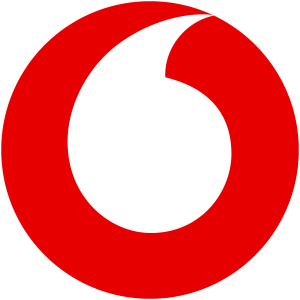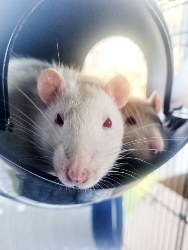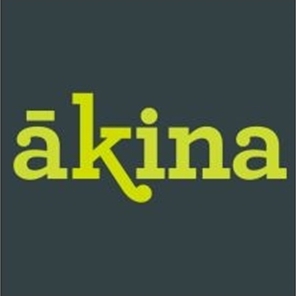Vodafone Group appoints Nokia to create first 4G network on Moon
Wednesday February 28
Vodafone New Zealand is excited to share the news of a joint initiative between Vodafone Germany, Berlin based PTScientists and Audi to bring 4G coverage to the Moon next year - 50 years after the first NASA astronauts walked on its surface.
Today Vodafone Group announced it has appointed Nokia as technology partner to develop the space-grade network, which will weigh less than a bag of sugar.
Vodafone’s network expertise will be used to set up the Moon’s first 4G network, connecting two Audi lunar quattro rovers to a base station in the Autonomous Landing and Navigation Module (ALINA).
The ‘Mission to the Moon’ project is the first privately-funded Moon landing, and is due to launch in 2019 from Cape Canaveral on a SpaceX Falcon 9 rocket.
Vodafone New Zealand Consumer Director, Matt Williams said, “Last year Vodafone globally declared its intention to fully embrace the future of technology – what better way to bring that to life, than to enable live-streaming of HD video from the Moon’s surface to a global audience.
“It is hugely exciting to see a technology initiative of this size and scale take flight which will substantially support future missions to space. It’s a sign of what’s to come, as rapid advancements in technology continue to make the seemingly impossible a reality,” Matt said.
Nokia, through Nokia Bell Labs, will create a space-grade Ultra Compact Network that will be the lightest ever developed - weighing less than one kilo.
The 4G network will enable the Audi lunar quattro rovers to communicate and transfer scientific data and HD video while they carefully approach and study NASA’s Apollo 17 lunar roving vehicle that was used by the last astronauts to walk on the Moon (Commander Eugene Cernan and Harrison Schmitt) to explore the Taurus-Littrow valley in December 1972.
Vodafone testing indicates that the base station should be able to broadcast 4G using the 1800 MHz frequency band and send back the first ever live HD video feed of the Moon’s surface, which will be broadcast to a global audience via a deep space link that interconnects with the PTScientists server in the Mission Control Centre in Berlin.
A 4G network is highly energy efficient compared to analogue radio and that will be crucial to Mission to the Moon and is the first step to building communications infrastructure for future missions.
Vodafone Germany CEO, Dr Hannes Ametsreiter, commented: “This project involves a radically innovative approach to the development of mobile network infrastructure. It is also a great example of an independent, multi-skilled team achieving an objective of immense significance through their courage, pioneering spirit and inventiveness.”
Robert Böhme, CEO and Founder of PTScientists, said: “This is a crucial first step for sustainable exploration of the solar system. In order for humanity to leave the cradle of Earth, we need to develop infrastructures beyond our home planet. With Mission to the Moon we will establish and test the first elements of a dedicated communications network on the Moon. The great thing about this LTE solution is that it saves so much power, and the less energy we use sending data, the more we have to do science!”
Nokia Chief Technology Officer and Bell Labs President, Marcus Weldon, said: “We are very pleased to have been selected by Vodafone to be their technology partner. This important mission is supporting, among other things, the development of new space-grade technologies for future data networking, processing and storage, and will help advance the communications infrastructure required for academics, industry and educational institutions in conducting lunar research. These aims have potentially wide-ranging implications for many stakeholders and humanity as a whole, and we look forward to working closely with Vodafone and the other partners in the coming months, prior to the launch in 2019.”
- ends –



 Business Canterbury: Urges Council To Cut Costs, Not Ambition For City
Business Canterbury: Urges Council To Cut Costs, Not Ambition For City Wellington Airport: On Track For Net Zero Emissions By 2028
Wellington Airport: On Track For Net Zero Emissions By 2028 Landcare Research: ANZAC Gall Fly Release Promises Natural Solution To Weed Threat
Landcare Research: ANZAC Gall Fly Release Promises Natural Solution To Weed Threat NZ Anti-Vivisection Society: Auckland Rat Lovers Unite!
NZ Anti-Vivisection Society: Auckland Rat Lovers Unite! University of Canterbury: $1.35 Million Grant To Study Lion-like Jumping Spiders
University of Canterbury: $1.35 Million Grant To Study Lion-like Jumping Spiders Federated Farmers: Government Ends War On Farming
Federated Farmers: Government Ends War On Farming



